Paul Strand: A Pioneer in Photography
Paul Strand was a pioneering American photographer known for his modernist style and social realism, capturing striking images of people, landscapes, and urban scenes. His work elevated photography as an art form and influenced generations of photographers.
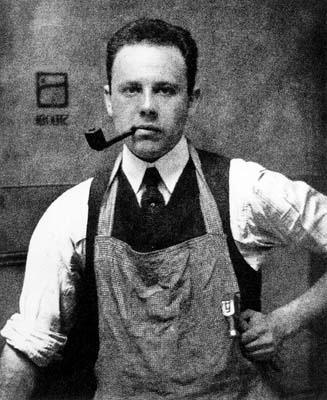
Early Life and Education
Paul Strand was born on October 16, 1890, in New York City. Growing up in a family that encouraged creativity, he developed an interest in photography at an early age. Strand attended the Ethical Culture School and later studied at the New York Camera Club, where his passion for photography truly blossomed.

Introduction to Photography
Strand first started taking photographs as a teenager, and by the time he was in his early twenties, his work began to attract attention. In 1909, he enrolled in classes at the famous Clarence H. White School of Photography. This was where his skills started to grow, and he became influenced by some of the leading photographers of the time, like Alfred Stieglitz.
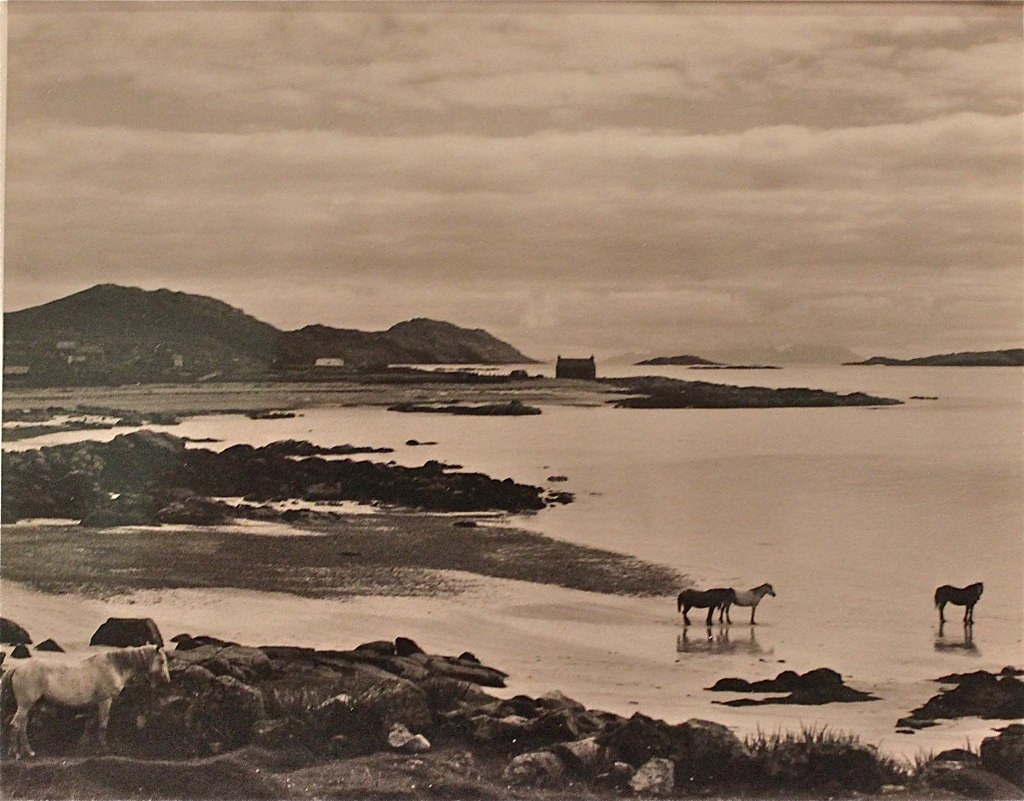
The Influence of Alfred Stieglitz
One of the most important relationships in Paul Strand’s life was with Alfred Stieglitz, a major figure in the photography world. Stieglitz saw potential in Strand’s work and helped him gain recognition. In 1915, Strand’s work was featured in Stieglitz’s gallery, “291”, which was a pivotal moment in his career.
Shift to Modernist Photography
During the 1920s, Paul Strand moved away from traditional portraiture and started exploring modernist photography. His photographs began to focus more on the abstract, geometric qualities of objects and people. Strand believed in using the camera as a tool to capture the truth of the world, and he was fascinated by the visual possibilities that modernism offered.
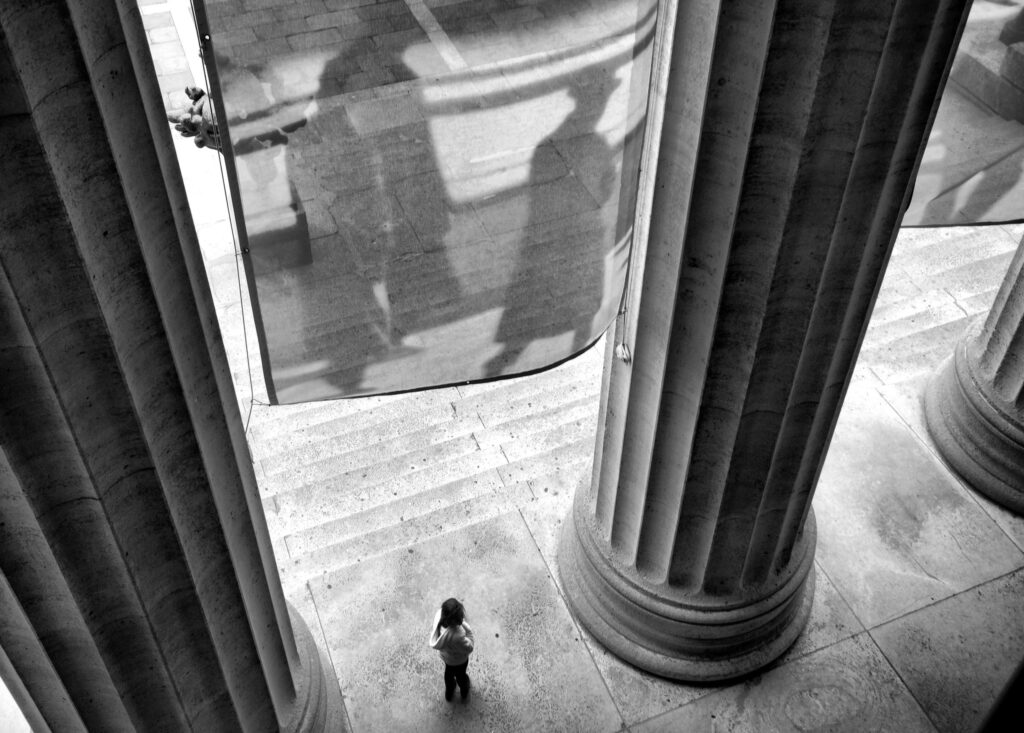
Iconic Works and Style
Paul Strand is known for his striking photographs that often-used bold compositions and sharp details. Some of his most famous works include images of New York City, rural America, and people from different walks of life. He was especially skilled at capturing the essence of his subjects, whether they were buildings, landscapes, or portraits.
Photography in Rural America
In the 1910s and 1920s, Strand started focusing on rural America, traveling across the country to capture life in small towns. His photographs, such as those taken in places like the small town of Cape Cod, are often seen as a powerful representation of American life during that period.
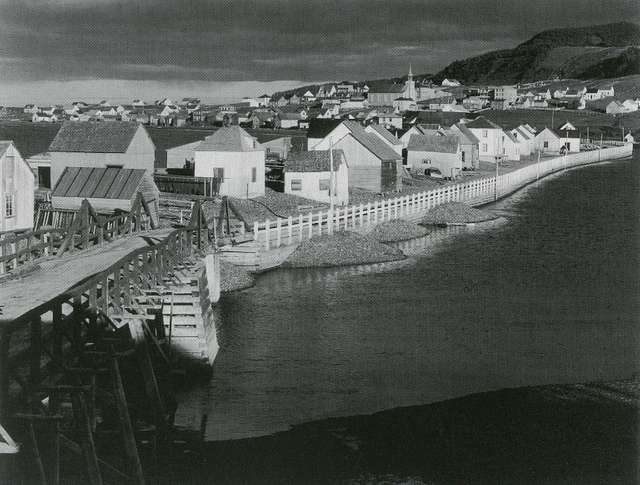
Photography Beyond America
Later in his career, Paul Strand traveled to various countries, including Mexico, France, and Egypt. His work abroad allowed him to experiment with new cultures and landscapes, which influenced his photography even further. He also began working on larger projects, such as documenting the lives of people in remote communities.
Legacy and Influence
Paul Strand passed away on March 31, 1976, but his influence on photography remains immense. He is remembered as one of the founders of modernist photography, and his work continues to inspire photographers around the world. Strand’s approach to photography—focusing on the raw truth of the subject—helped to elevate the medium into a serious art form.
Early Photography Style
In his early years, Paul Strand developed a straightforward and naturalistic approach to photography. He captured everyday subjects with clarity and precision, showing the beauty in ordinary scenes. This was quite different from the more romanticized and soft-focus style that was popular at the time. Strand preferred to show things exactly as they were, often focusing on people, objects, and urban scenes with no idealization.
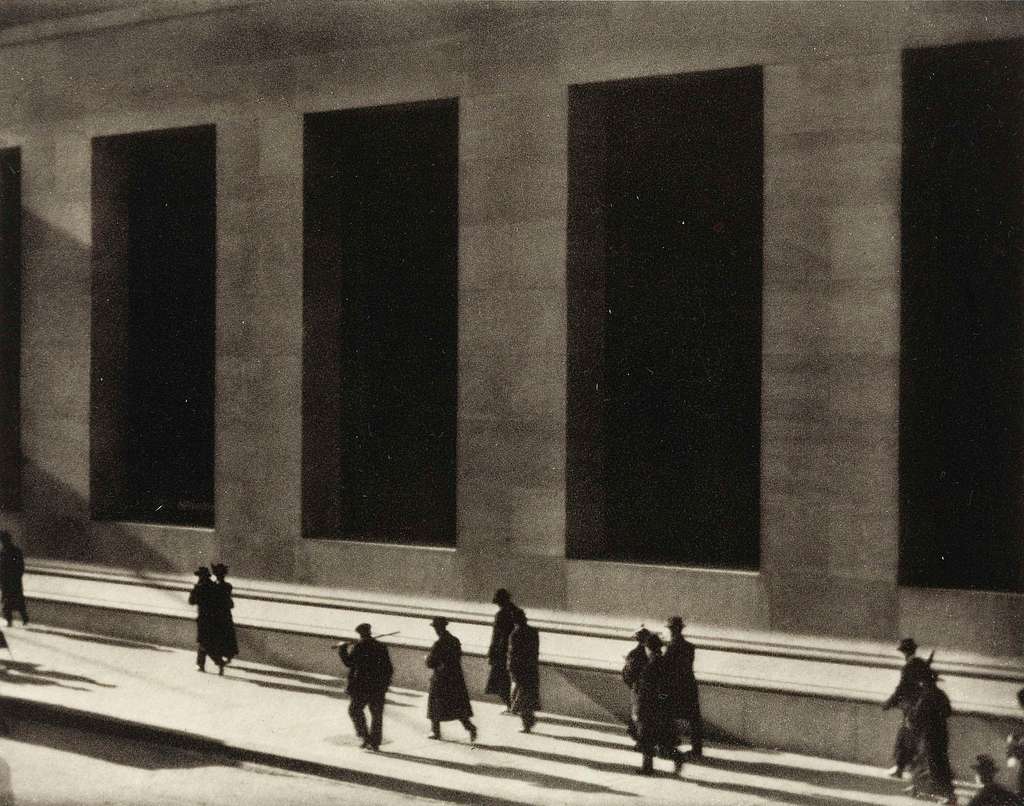
Work with Stieglitz’s Gallery
Alfred Stieglitz’s encouragement was crucial to Strand’s development. Stieglitz, who was a leading promoter of photography as an art form, gave Strand a platform to showcase his work. In 1915, when his images were shown in Stieglitz’s gallery, they were praised for their technical mastery and social significance. This exhibition marked Strand’s breakthrough into the world of fine art photography.
The Shift to Abstract Photography
As Strand’s career progressed, he began experimenting with abstraction. He started to see the camera as a tool for exploring shapes, patterns, and textures in the world around him. This shift in style led him to photograph objects in close-up, emphasizing their form over their identity. This abstract approach was part of the larger modernist movement in art, which sought to break free from traditional styles and portray the world in new ways.

One of Strand’s famous works from this period is Abstractions, where he captured the curves of a tree trunk or the patterns on a building wall, removing all context and allowing the viewer to see the beauty in the simplest details.
The Influence of Social Issues
Throughout his career, Strand was deeply interested in social issues. He believed that photography could be a tool for social change. This is evident in some of his more political works, such as The Mexican Portfolio (1933), where he captured the lives of Mexican workers and their struggles. His photography was not just about art but also about documenting the realities of human life. He focused on themes such as poverty, injustice, and the everyday lives of people in various communities.
Later Years and International Work
After the 1920s, Strand traveled the world, and his work took on new influences. His time in Europe allowed him to interact with other modernist artists, which further developed his style. In France, Strand experimented with the use of light and shadow, as well as dramatic angles. His photographs of European architecture and landscapes were highly praised for their composition and technical mastery.
In 1950, Strand moved to France permanently, where he continued to create iconic works. His travels took him to places like Egypt, Italy, and South America, where he captured diverse cultures and people. His later work showed a deepening interest in the connection between human beings and their environments.
Breaking Boundaries with Film
In addition to his work in photography, Paul Strand also ventured into filmmaking. He created several short films, including Native Land (1942), which combined photography with moving images to explore political themes. His film work is less well-known than his photography, but it reflects his interest in the role of art in shaping society.
Awards and Recognition
Over his lifetime, Paul Strand received numerous awards for his contributions to the field of photography. His work was exhibited in galleries around the world, and he was celebrated for his pioneering contributions to modernist photography. Today, his photographs are housed in major institutions such as the Museum of Modern Art in New York and the San Francisco Museum of Modern Art.
Lasting Influence on Modern Photography
Paul Strand’s influence on photography can still be felt today. His commitment to capturing the truth of his subjects and his use of photography as an art form changed how people viewed the medium. His innovative techniques and social consciousness helped define the direction of modern photography. Many contemporary photographers continue to draw inspiration from Strand’s work, whether in their composition, use of light, or focus on social issues.
Conclusion
Paul Strand was much more than a photographer; he was an artist and a social commentator who used the camera to capture the world in all its complexity. His work continues to inspire and educate future generations of photographers, and his legacy is cemented as one of the most important figures in the history of photography. Through his pioneering efforts, Strand demonstrated that photography could be both an artistic expression and a tool for social change.
